Before BrainSTEM: The Challenges of a Private School’s STEM Program
Nativity Academy at St. Boniface is a private middle school located in a diverse, urban neighborhood. In an effort to expose their students to more STEM (science, technology, engineering, and math) opportunities, the school decided to partner with BrainSTEM. Nativity Academy wanted to partner with BrainSTEM because they recognized the value of providing their students with hands-on, interactive STEM programming.  However, they faced several challenges in implementing such programs on their own. One major challenge was the underutilization of their maker lab. A maker lab is a space equipped with tools and materials for students to explore and create projects related to science, technology, engineering, and math. Nativity Academy had a well-equipped maker lab, but they struggled to find staff with the knowledge and expertise to run it effectively or develop a curriculum that made use of the equipment.
However, they faced several challenges in implementing such programs on their own. One major challenge was the underutilization of their maker lab. A maker lab is a space equipped with tools and materials for students to explore and create projects related to science, technology, engineering, and math. Nativity Academy had a well-equipped maker lab, but they struggled to find staff with the knowledge and expertise to run it effectively or develop a curriculum that made use of the equipment.
Implementing BrainSTEM: How a Private School Improved Student Engagement and Learning
BrainSTEM was able to help Nativity Academy overcome these challenges by providing both experienced instructors and engaging curriculum. Nativity started by scheduling a meeting with a BrainSTEM Advisor. The instructors had the necessary knowledge and skills to lead the afterschool programs and teach the students how to use the equipment in the maker lab.  The curriculum was tailored to the interests and abilities of the students, and it provided a structured, step-by-step approach to learning that kept the students engaged and motivated. Through this partnership, Nativity Academy was able to offer two afterschool programs for their students: robotics for girls and 3D printing for boys.
The curriculum was tailored to the interests and abilities of the students, and it provided a structured, step-by-step approach to learning that kept the students engaged and motivated. Through this partnership, Nativity Academy was able to offer two afterschool programs for their students: robotics for girls and 3D printing for boys.
The girls learned how to code using Edison robots, which are small, versatile robots designed for educational use. They completed challenges such as navigating mazes and working together to solve problems. Many of the girls had no previous experience with robots, but by the end of the program they were interested in pursuing careers in engineering and other STEM fields. The boys learned about 3D printing technology using 3D print pens. These pens use heated plastic to draw three-dimensional objects, allowing students to create intricate and detailed designs. The boys used their pens to create 3D sculptures of monsters, following the engineering design process to plan and improve their designs. This project allowed the boys to learn about prototyping and iterative design, as well as the mechanics of 3D printing technology.
The Results: How BrainSTEM Boosted STEM Outcomes at a Private School
Improved student engagement
BrainSTEM provided a more interactive and engaging way for students to learn STEM concepts, which led to higher levels of interest and motivation.
Enhanced Learning

The use of BrainSTEM provided students with more hands-on and experiential learning opportunities, which is an effective way to help students understand and retain information.
Greater Success in STEM Subjects
By providing additional support and resources for students in STEM subjects, BrainSTEM helped students to perform better in these areas, leading to higher grades and overall success.
Increased Confidence
As students see their own progress and success in STEM subjects, they develop greater confidence in their abilities, which leads to a more positive attitude towards STEM learning.
Lessons Learned: Insights from a Private School’s BrainSTEM Journey
Overall, Nativity Academy’s partnership with BrainSTEM allowed them to take full advantage of their maker lab and provide their students with valuable STEM education opportunities. Also, Nativity understood the importance of experiential learning: By providing hands
 -on and interactive learning opportunities, BrainSTEM helped students to better understand and retain information, leading to improved performance in STEM subjects.
-on and interactive learning opportunities, BrainSTEM helped students to better understand and retain information, leading to improved performance in STEM subjects.


